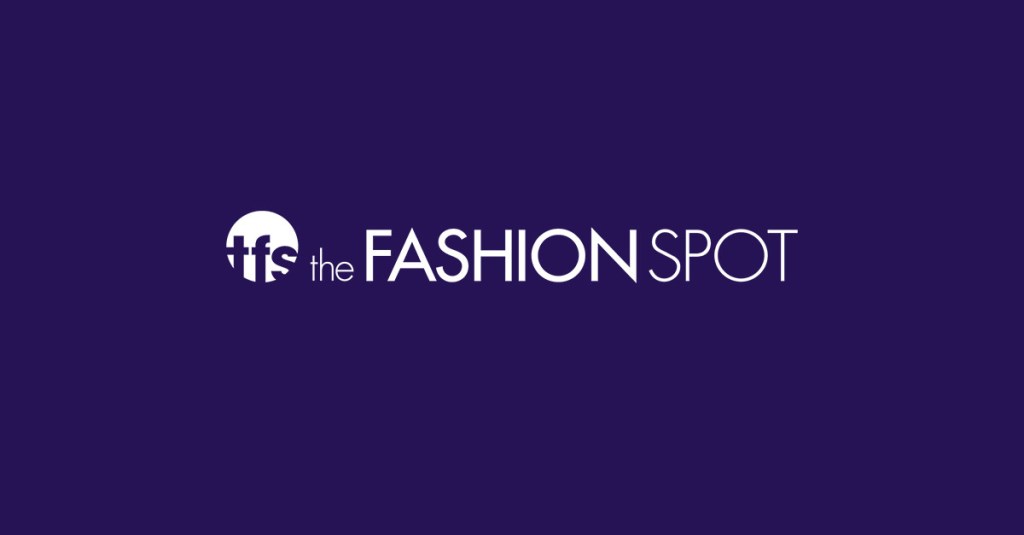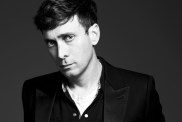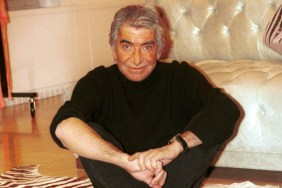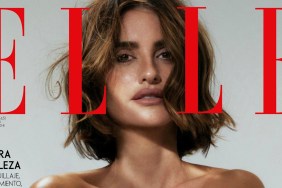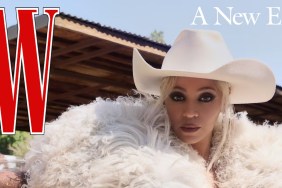Born in St. Petersberg and trained as a lawyer, Julia Pogodina (www.nymfea.com) moved to New York to pursue a career in fashion photography.

Q: How did you get started?
A: I started at the age of 5 in my dad’s darkroom where I was spending nights watching him printing B&W pictures from our summer trips to the Black Sea. At the age of 8, I had my first camera which produced the first shots that my parents always proudly framed and put on the wall.
Ironically, I got my first SLR as a gift for my graduation from law school. Then I discovered the FTV channel with 24/7 runway shows and L’Officiel magazine with its fashion editorials and it changed my world .
My first fashion photography experiments started at the Moscow Academy of photography where I was studying part-time while working full-time as a corporate lawyer. I continued my home-made out-of-the-closet-fashion experiments while doing my Masters in law in Northwestern University (Chicago). And then I moved to New York.

Q: How does NYC inspire you beyond the obvious visuals?
A: New York for me has always been that notorious heaven where the best of the best are supposed to go after they die – except that if you try hard enough you can get here while still alive. And you better do so if you have any inclanation, because it’s worth it!
In this city fashion is for real – you live it, breathe it, and you can even touch it if you want. It’s not just a glossy picture you see on the cover of Vogue – there is a very high chance of actually seeing how the pictures are being taken while you are leisurely walking with your cup of venti Caramel Machiatto along the streets of the West Village or Dumbo area on a sunny (rainy/windy/snowy) New York morning (afternoon/day/night).
For me, the life-changing experience was a day spent at Pier 59 where I was assisting a friend of mine on his test shoot. That day I witnessed three living legends of fashion photography (Meisel, Klein & Demarchelier) all simultaneously shooting next door to us. That day I realized that fashion is real, and that I wanted to be part of it.

Q: Tell me a story about a challenge you have overcome.
A: I think my most challenging challenge so far was the decision to quit law (after 6 years of legal education and for 4 years of practicing as a corporate attorney) to become a photographer. The decision didn’t come easy and it was a long process of hesitation, fear, temptation and common sense reasoning.
Starting a new career from scratch when you are 27, far from home, without any formal education or connections or even a back-up plan in case it all fails – that’s crazy! But I had to do it. The toughest part was to change my own perception of life, switch between two worlds, free myself from the mentality of a lawyer and truly become an artist.. It took a while. It is still a long and bumpy road, but I’ve never been happier in my life. And that smile I have on my face when I wake up is worth all I went through to get to where I am right now.

Q: Who are your favorite artists?
A: For me “fashion” photography” equals “Helmut Newton”. That’s where it all has started. He’s more than an artist, he’s his own fashion Bible. And out of my contemporaries I adore both Stevens – Meisel & Klein. For me, they are the unquestionable icons of modern fashion photography, and their work is an important source of inspiration. Strangely, they look alike while keeping their own personalities – Meisel feels more sincere and feminine, sometimes even a bit classic, while Klein is that notorious enfant terrible with a very strong sexuality and breakthrough edgeness in his work.
From the up and coming stars, I would probably mention the innovative and always so different Craig McDean, and masters of color photography and immaculate compositions Mert Alas & Marcus Piggot. I also adore Paolo Roversi for being truthful to his own timeless style and for praising elegance and feminity despite fast-changing trends.

Q: What’s your perspective on women in fashion photography since it sometimes seems to be a male-dominated industry?
A: Alas, that is what it looks like. There are some big female photographers – like Ellen Von Unwerth, Bettina Rheims, Annie Leibovitz, and Sarah Moon – but they are very few. I always wondered why that is. Maybe because fashion is mostly about women and there is a perception that there is no one better than a men to show the best side of the feminine?
That’s why it flatters me so much when people say that my photography is very masculine. By just looking at my pictures you wouldn’t guess that they were photographed by a woman. My female models usually have strong personalities and apparent sex appeal, while the men may look softer and sometimes even feminine. I don’t really think about it when I shoot, it just comes naturally.

Q: Do you feel any advantages in being a woman in fashion photography?
A: Absolutely! I think many guys, while being good photographers, totally forget about the fashion part. They either don’t know it really well or just don’t care, leaving everything to their stylist or art director.
In my case I am not sure which part I like more – fashion or photography. And thank god I don’t need to choose! I love fashion and I know it well. On my own shoots I am always taking part in the process of styling, and sometimes even totally take over. It definitely helps because you need to know (and love!) the clothes to photograph them right. And let’s not forget that an ultimate goal of any fashion photograph is to sell that dress!
Also, being a female photographer definitely helps you to establish level of trust and intimacy with a model who later on will bring out the most she can give during the shoot. This is especially true when it comes to nude and lingerie shoots.

Q: How many hours a week do you spend on your art?
A: 90% of my time when I am awake.

Q: Where do you draw the line between the really artistic work and the work that pays?
A: I don’t differentiate between those things and I strongly believe there should not be any confrontation of those two terms. As a follower of Ayn Rand’s philosophy, I truly believe that money should be a measurement of a talent. People are always generous with words because words are easy, they cause no consequenses or obligations, they are meaningless. What means a lot is when someone is willing to pay money for your art.

Q: Which pieces are your favorites?
A: I love shooting on location. Studio is too technical for me, too stiff. Location shoots give you immediate inspiration and let you improvise. One of my favorite shoots are ”Fall in the House of Usher” (shot in Breezy Point beach in Brooklyn) and “China Town” (it was a whole day of adventures in that picturesque area of New York).

Q: What’s next for you?
A: Lots of plans! I am currently working on a video project that will conclude with a studio shoot featuring haute couture dresses by Katya Leonovich I shot almost a year ago. Also, I am seriously getting into music photography, and there are couple of shoots with musicians and DJs already lined-up. As for editorial work, this summer I plan on continuing my series from nationally-flavored areas of New York – after China Town we plan on covering the Jewish area in Brooklyn and the Russian inhabitations of Brighton Beach.














Photos courtesy of Julia Pogodina at www.nymfea.com.
